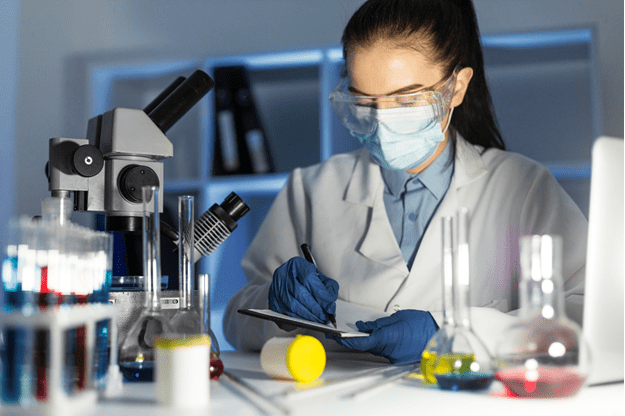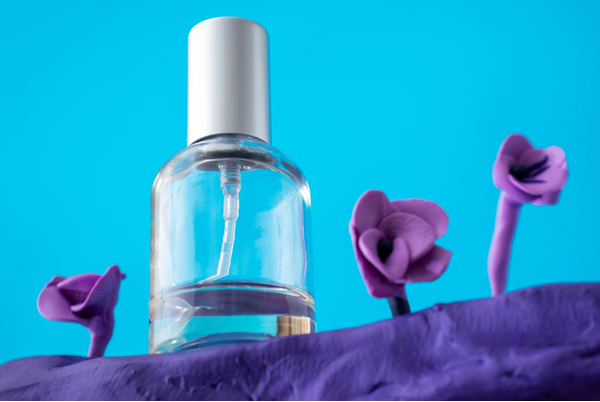Hydroxychloroquine and COVID-19
COVID-19 global spread took the lives of many people. It is a disease relate to the respiratory system induced by SARS-CoV-2[1]. WHO proposed to take preventive measures but simultaneously authorities also required clinical trials for drugs that are effective against the coronavirus. Although, fewer patients have access to clinical trials and it takes much time to investigate and clear all the clinical trials. Therefore, in such conditions only hit and trial method is applied where patients not come under the clinical trial section provided unproven medicines [1].
When no particular medicine is available for treating the disease, at that time, the US FDA did not approve antimalarial drugs like hydroxychloroquine and chloroquine. Emergency use authorization (EUA) permitted to use antimalarial drugs; however, both the drugs are not gone through any tests but having fewer side effects. President of America, Donald Trump also agreed to use these drugs and is exported from India. The drug eluded the placebo-controlled clinical test, double-blind approval test, which is why it became an issue of debate [2].
Studies from China show that hydroxychloroquine has the potential to inhibit coronavirus invade into the lungs. Similarly, France reported this drug a promising treatment. This virus infected 1.3 million people and need to be taken seriously. Dr. Anthony Fauci, who is an expert on infectious diseases commenced, I would have two words: ‘second opinion’. He also said that more of testing is required for these drugs specifically for the patients with a history of heart diseases or taking the antidepressant can lead to heart failure [4].
Mechanism of action
Chloroquine was earlier used to treat malaria but it also has activity against COVID-19. Based on the type of microorganism, it has various mechanisms of action. It acts by inhibiting the replication of intracellular pathogens. It was analyzed that chloroquine has anti-inflammatory and antiviral activities against coronavirus. It resists the infection by interfering in the glycosylation process of cellular receptors present in SARS-CoV and also enhances endosomal pH[3,5].
Biosynthesis of sialic acid involves quinone reductase-2 enzyme, chloroquine inhibits such enzyme and leads to the death of microorganisms. Moreover, chloroquine is a potential antiviral drug because it activates auto-phagosome which breakdown SARS-CoV-2 spike protein by changes in lysosomes, and inhibits cathepsin. It also acts by interfering with the glycosylation receptor and not able to bind with ACE2 receptors and prevent the attachment of SARS-CoV-2 to lungs target cells. Thus, chloroquine intended to use against coronavirus [3].
The structure and mechanism of action of hydroxychloroquine are similar to chloroquine but an additional hydroxy group is present in hydroxychloroquine(HCQ) at the terminal. Both act as weak bases and make acidic changes in PH which makes it effective against the virus. But it is more potent than chloroquine because it is less permeable to the blood-brain barrier, and clearance takes place through the retina and hence fewer side effects than chloroquine [5].
Conclusion
Side effects of HCQ and chloroquine are relatively low than other drugs as well as cost-effective therapy that is why used to control such an outbreak. Moreover, some trials are ongoing to check the efficacy of drugs against COVID 19. Researchers are looking for any kind of resistance by the virus.
HCQ and chloroquine are further studies to know about resistance through different strains of the virus. Chemoprophylaxis is still unknown, it is also important to know whether the drugs can stop the transmission of virus particularly to doctors, nurses and other healthcare staff. One more area which needs to be analyzed is a diabetic patient who is already on HCQ therapy, whether there are any glycemic effects, CVS improper functioning, and viral load. However, the drug is approved for the prescription
Reference:
- Kevin, C., Wilson, M.D., et.al. (2020). COVID 19: Interim Guidance on Management Pending Empirical Evidence. From an American Thoracic Society‐led International Task Force, 1-12.
- Regulators split on antimalarials for. COVID-19. Retrieved on 12/4/2020. https://www.thelancet.com/journals/lancet/article/PIIS0140-6736(20)30817-5/fulltext.
- Singh, A.K. et al. (2020). Diabetes & Metabolic Syndrome: Clinical Research & Reviews. Elsevier, 14, 241-246.
- Things to know about Hydroxychloroquine, the ‘unproven’ coronavirus drug? Retrieved on 12/4/2020. https://www.business-standard.com/article/health/hydroxychloroquine-use-in-coronavirus-treatment-hydroxychloroquine-tablets-side-effects-price-explained-120040701280_1.html.
- Smith, T., Bushek, J. COVID-19 Drug Therapy. Retrieved on 13/4/2020.Elseveir.https://www.elsevier.com/__data/assets/pdf_file/0007/988648/COVID-19-Drug-Therapy_Mar-2020.pdf



